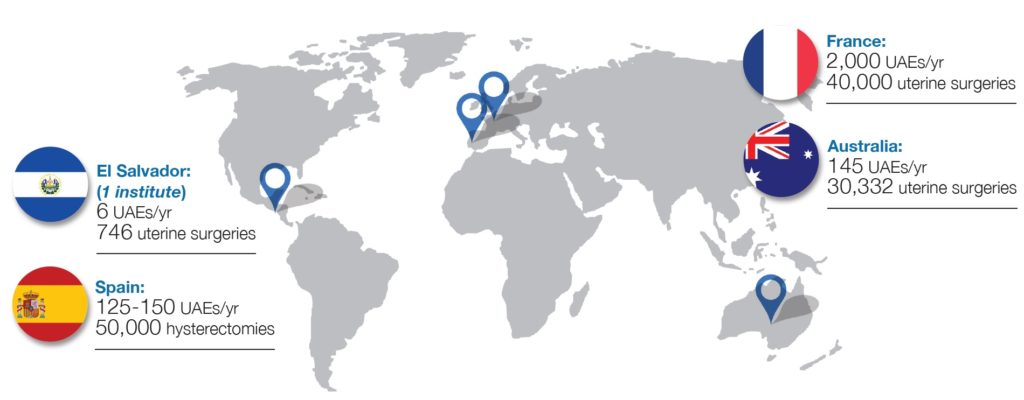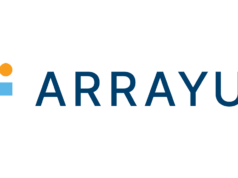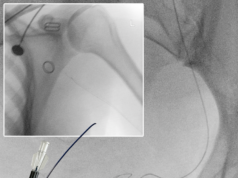
“Unnecessary hysterectomies” could be avoided by involving interventional radiologists at gynaecology multidisciplinary team meetings and in the patient counselling process, Gregory Markris, Saqib Butt, and Tarun Sabharwal (all Guy’s and St Thomas’ Hospital, London, UK) write in a Letter to the Editor in Cardiovascular and Interventional Radiology (CVIR) Endovascular. UAE
Citing a 2019 article by Annefleur de Bruijn (Vrije Universiteit Amsterdam, Amsterdam, The Netherlands) and colleagues that concluded that adding uterine artery embolization (UAE) as a treatment option to the national Dutch guidelines did not change the number of performed UAEs for symptomatic fibroids, Makris et al claim: “Such low UAE rates are not isolated to The Netherlands”. As previously reported in this newspaper, approximately 145 UAEs are performed annually in Spain, a country with a population of over 44 million, and in France, there is an average of 2,000 UAEs performed each year, compared to 40,000 hysterectomies per annum. “This is concerning,” Markris et al opine, “especially in light of trial evidence showing that two thirds of women treated with UAE remain hysterectomy free at 10 years”.
Makris, Butt, and Sabharwall believe that promoting awareness of UAE amongst patients, and closer collaboration between interventional radiologists and gynaecologists, will help to raise the number of UAE patients. They say: “The interventional radiology community must continue to address the injustice of chronic underutilisation of this minimally invasive, safe, clinically and cost-effective procedure. Engaging with relevant stakeholders and lobbying at social and political levels is crucial for the success of this endeavour.”













